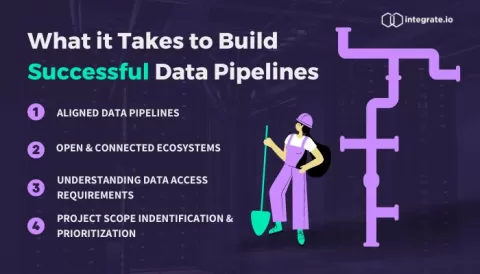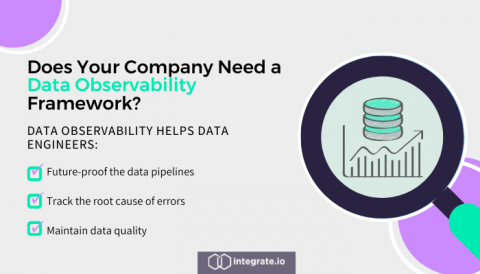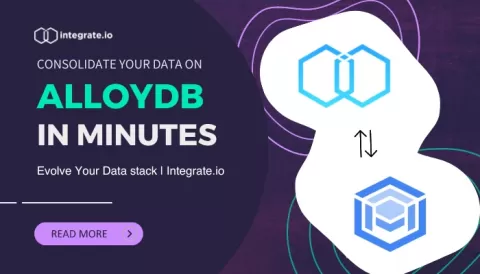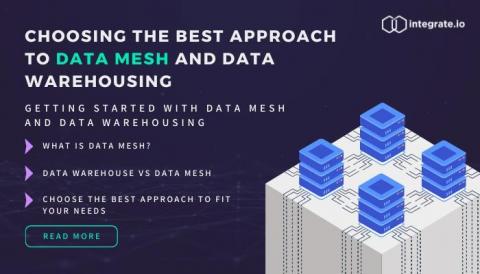The Importance of Business and IT Alignment to Build Successful Data Pipelines
Okay, I’ll admit, I am pretty biased when it comes to how people within organizations work together to ensure successful data projects. I have been involved in too many projects that failed to take into account the importance of collaboration across departments and functions. They were stuck on data and only the data.


















